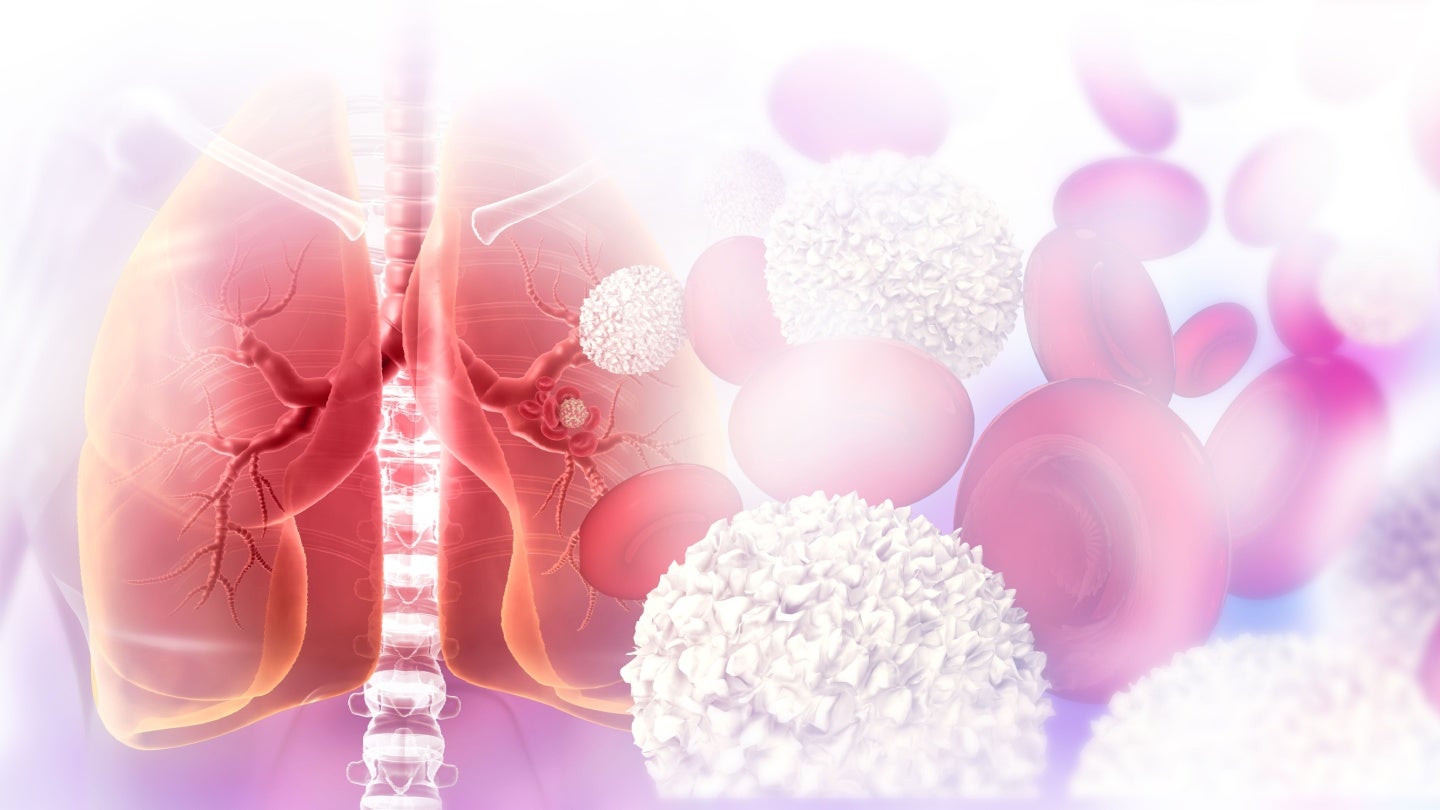Programmable Pseudouridine Editing Expands RNA Codons
In a groundbreaking advance poised to reshape the landscape of synthetic biology and protein engineering, researchers have unveiled a pioneering method to expand the genetic code beyond its canonical boundaries. This novel approach, termed RNA codon expansion (RCE), leverages the post-transcriptional modification pseudouridine (Ψ) to create new codons on messenger RNA, allowing for the site-specific […]


In a groundbreaking advance poised to reshape the landscape of synthetic biology and protein engineering, researchers have unveiled a pioneering method to expand the genetic code beyond its canonical boundaries. This novel approach, termed RNA codon expansion (RCE), leverages the post-transcriptional modification pseudouridine (Ψ) to create new codons on messenger RNA, allowing for the site-specific incorporation of non-canonical amino acids (ncAAs) with unprecedented precision in mammalian cells. The work, represented by Liu and colleagues in a recent publication in Nature, presents a paradigm shift, overcoming longstanding limitations of genetic code expansion technologies and opening new frontiers for molecular customization inside living cells.
For decades, the incorporation of ncAAs into proteins has been a coveted technique for bioengineering, enabling scientists to imbue proteins with enhanced or entirely novel functionalities that natural amino acids cannot deliver. Traditional methods have predominantly focused on reassigning stop codons or rare codons in DNA to incorporate ncAAs during translation. While effective, these strategies suffer from imperfect orthogonality – the engineered systems occasionally interfere with normal cellular processes such as translation termination – limiting efficiency and specificity in multicellular organisms.
The innovation by Liu et al. departs from this approach by shifting the focus from DNA to RNA, exploiting pseudouridine, a naturally occurring but programmable post-transcriptional RNA modification, as a ‘new letter’ in the genetic alphabet. By engineering specific Ψ-containing codons directly on mRNA transcripts, the authors generate “blank” codons that are read exclusively by custom decoder tRNAs charged with ncAAs. This method enables precise targeting of individual transcripts for bespoke chemical modification, sidestepping many confounding effects inherent in DNA-level genetic code expansion.
.adsslot_z501hC7dxW{ width:728px !important; height:90px !important; }
@media (max-width:1199px) { .adsslot_z501hC7dxW{ width:468px !important; height:60px !important; } }
@media (max-width:767px) { .adsslot_z501hC7dxW{ width:320px !important; height:50px !important; } }
ADVERTISEMENT
Central to the RCE strategy is a triad of molecular components: a programmable guide RNA that directs site-specific pseudouridylation of the target mRNA, an engineered decoder tRNA uniquely recognizing the Ψ-containing codons, and an associated aminoacyl-tRNA synthetase designed to charge this tRNA with the desired ncAA. The researchers initially developed the RCE(ΨGA) system, converting the canonical termination-related codon sequences into pseudouridylated codons decoded with high fidelity, achieving remarkably high proteome-wide specificity.
What makes the RCE(ΨGA) system strikingly effective is its capacity to reduce off-target effects – a persistent hurdle in conventional genetic code expansion approaches. By leveraging the orthogonality of Ψ-containing codons to natural codons and decoding machinery, the system minimizes cross-reactivity not just at the genetic code level but throughout the cellular translation network. This elevated specificity translates into more efficient and reliable incorporation of novel amino acids within proteins of interest in living mammalian cells.
Building on this success, the team expanded their methodology to synthesize RCE(ΨAA) and RCE(ΨAG) systems, each employing distinct Ψ-codons and decoder tRNA^Pyl pairs. Impressively, all three Ψ-codon-to-tRNA^Pyl pairs demonstrated mutual orthogonality, meaning they can coexist within the same cellular environment without crosstalk. This multiplexing capability paves the way for highly sophisticated protein engineering, where multiple types of ncAAs can be incorporated into a single protein or within different proteins simultaneously, a feat hitherto unachievable in eukaryotic cells.
The RCE method’s compatibility with existing genetic code expansion systems further amplifies its utility. The authors demonstrated that RCE operates seamlessly alongside traditional strategies that reassign stop codons, enabling dual ncAA incorporation. Such combinatorial encoding enormously broadens the variety and complexity of novel proteins that can be generated in vivo, deepening the functional repertoire accessible to molecular biologists.
At the conceptual level, this research redefines the genetic alphabet by exploiting chemical diversity in RNA modifications to encode novel information. While DNA remains the standard blueprint for life, modifying RNA introduces an additional, dynamic layer of genetic control. Using pseudouridine as a programmable ‘letter’ transforms RNA from a mere messenger into an active participant in molecular innovation, capable of dictating new amino acid sequences that expand protein structure and function.
The broader implications for biotechnology and medicine are profound. With the ability to site-specifically introduce ncAAs bearing diverse chemical properties—including fluorescent groups, photo-crosslinkers, or reactive handles—scientists can tailor intracellular proteins with precision, enabling next-generation therapeutics, diagnostic probes, and bio-manufacturing workflows. The RCE system’s high fidelity and multiplexing potential will be particularly transformative in complex mammalian systems, where precise control over protein composition is critical.
Moreover, the elegance of the RCE approach lies in its programmability and modular design. Guide RNAs can be engineered to target virtually any mRNA transcript for pseudouridylation, meaning this platform could be readily adapted to alter a broad spectrum of proteins in a temporally and spatially controlled manner. Such flexibility offers unparalleled opportunities not only for fundamental research into protein function but also for dynamic cellular engineering with exquisite control.
Another salient feature is the reliance on naturally occurring translation components modified through protein engineering rather than synthetic analogs, enhancing biocompatibility and reducing cellular toxicity. By working within the cell’s existing machinery, the RCE system ensures stable and robust incorporation of ncAAs while minimizing unintended perturbations in cellular physiology.
While this breakthrough presents exciting possibilities, challenges remain for translating RCE-based technologies beyond the laboratory. Scaling delivery methods for programmable guide RNAs and engineered tRNAs into complex tissues, ensuring long-term stability, and circumventing immune responses are critical hurdles for therapeutic applications. Nonetheless, this foundational study sets the stage for rapid progress in these areas, propelled by the versatile toolkit now available.
In conclusion, Liu and colleagues’ development of RNA codon expansion via programmable pseudouridine editing and decoding represents a watershed moment for the field of synthetic biology. By harnessing the underexplored potential of RNA modifications to rewrite the genetic code at the transcript level, this technology expands the chemical vocabulary of proteins in living cells with unmatched precision and scope. As research builds on this platform, we may soon witness an era where proteins are crafted with tailor-made functions at cellular sites, revolutionizing biotechnology, medicine, and our understanding of genetic information itself.
Subject of Research: Expansion of the genetic code at the RNA level using pseudouridine-mediated codon reassignment for site-specific incorporation of non-canonical amino acids in mammalian cells.
Article Title: RNA codon expansion via programmable pseudouridine editing and decoding
Article References:
Liu, J., Yan, X., Wu, H. et al. RNA codon expansion via programmable pseudouridine editing and decoding. Nature (2025). https://doi.org/10.1038/s41586-025-09165-x
Image Credits: AI Generated
Tags: bioengineering protein functionalitiesgenetic code expansion technologiesinnovative RNA-based methodsmessenger RNA modificationsnon-canonical amino acids incorporationovercoming genetic code limitationsprecision molecular customizationprogrammable pseudouridine editingprotein engineering techniquesRNA codon expansionsynthetic biology advancementstranslational control in mammalian cells
What's Your Reaction?

































